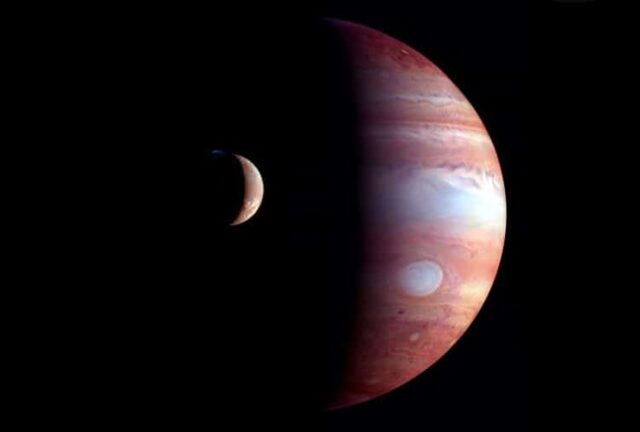
Scientists have achieved a groundbreaking milestone in the quest for extraterrestrial life by proving their ability to detect traces of life in grains of extraterrestrial ice. The long-held belief that evidence of life beyond Earth could be found within the icy realms of celestial bodies has gained substantial support with recent findings. This revelation opens a new chapter in space exploration, particularly in the search for life on moons like Europa and Enceladus, where vast oceans lurk beneath icy exteriors. With advancements in instrumentation, such as the SUrface Dust Analyzer (SUDA) aboard NASA’s Europa Clipper spacecraft, researchers anticipate a more accessible means of identifying signs of life, or its remnants, within these frozen particles ejected into space through subsurface ocean geysers.

In a pivotal study, scientists simulated droplets akin to those found on Europa and revealed the capability of instruments like SUDA to detect cellular material within minute ice grains. By selecting the single-celled bacteria, Sphingopyxis alaskensis, known for its resilience in cold, nutrient-scarce environments, researchers showcased the potential to identify even the slightest fraction of cellular material with mass spectrometry aboard spacecraft. These findings not only bolster confidence in detecting Earth-like life forms but also underscore the possibility of analogous organisms inhabiting the icy expanses of moons orbiting gas giants like Saturn and Jupiter. The imminent arrival of spacecraft equipped with cutting-edge instruments promises to unveil the mysteries concealed within these distant, icy worlds and, perhaps, provide humanity with unprecedented insights into the existence of life beyond our home planet.

















